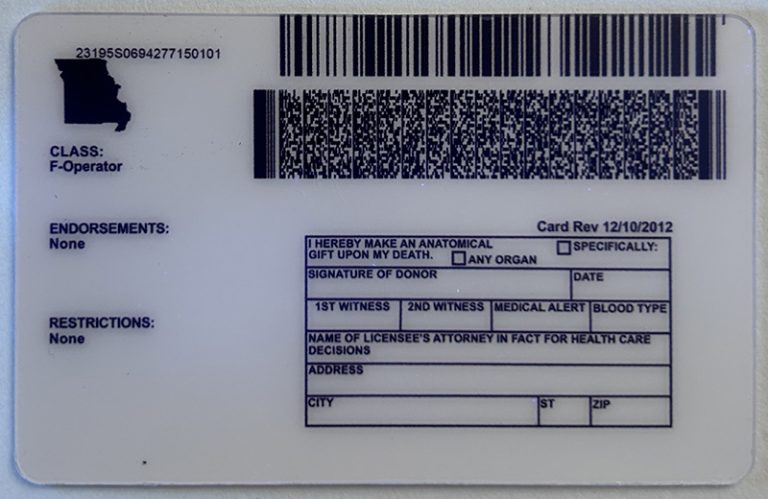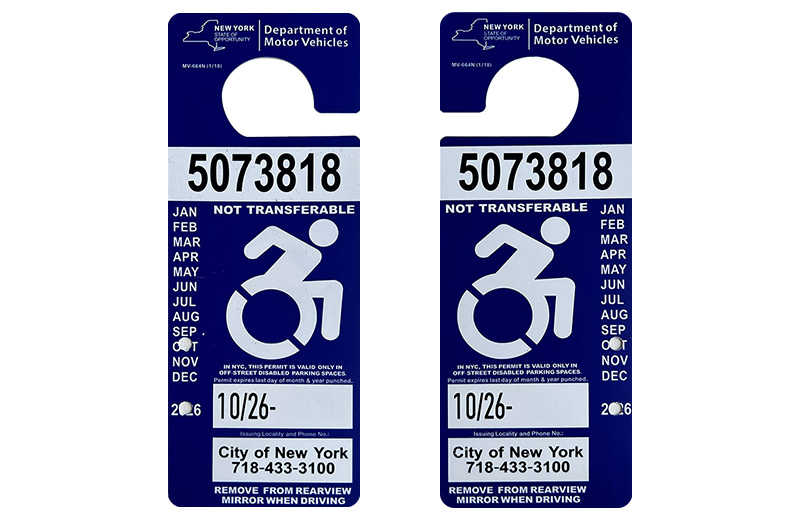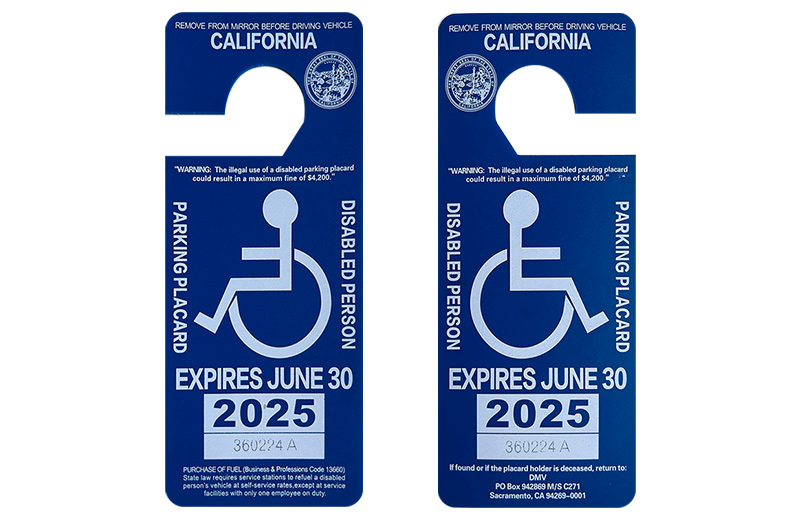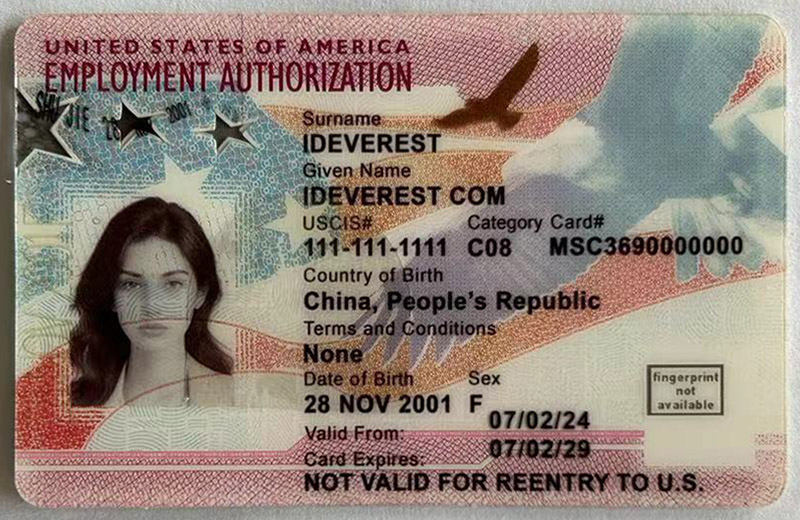Products Description
Impact of Driver Licenses and Insurance
The concepts of driver licenses and insurance are fundamental to modern transportation systems around the world. They play a vital role in enhancing road safety, ensuring legal compliance, and providing financial protection. This article explores the multifaceted impact of driver licenses and insurance, examining their impact on individuals, society, and the economy.
Driver Licenses
1. Safety and Competence
Driver licenses such as Missouri fake ID, Wisconsin fake ID, Kentucky fake ID, and Indiana fake ID are fundamentally designed to ensure that individuals who drive vehicles have the skills and knowledge required to drive safely. The process of obtaining a driver license typically includes a written test on the rules of the road and a practical driving test. This process is designed to:


Reduce accidents: By ensuring that drivers are familiar with traffic laws and proficient in controlling their vehicles, the likelihood of accidents can be reduced. Statistics from various traffic safety organizations show that areas with strict testing requirements generally have lower accident rates.
Promote safe driving practices: Driver licenses help to foster a sense of responsibility in drivers. Knowing that driving privileges may be revoked or suspended can act as a deterrent to unsafe driving behavior.

2. Legal and Regulatory Framework
A driver license is not only a proof of driving competence, but it is also a legal requirement to operate a vehicle. They serve a variety of legal functions:
Identification: In many jurisdictions, a driver’s license is the primary form of identification. This extends beyond driving and impacts areas such as voting, banking, and other services that require identification.
Regulation: The license creates an official record of the driver. The system helps monitor and enforce driving regulations, track violations, and ensure compliance with road safety laws.
3. Social Impact
Driver’s licenses also have a wider social impact:
Accessibility and mobility: Having a driver’s license facilitates personal mobility, enabling individuals to commute to get off work, access education, and participate in social activities. This mobility is essential for economic participation and quality of life.
Economic productivity: Driver’s licenses contribute to economic efficiency, enabling people to travel to employment opportunities, thus supporting productivity and economic growth. A well-managed driver’s license system ensures that only qualified drivers are on the road, minimizing disruptions caused by accidents or unsafe driving.
Insurance
1. Financial protection
Insurance is an important part of the driving experience, providing financial protection in the event of an accident or damage. Key aspects include:
Liability: Insurance covers the cost of damages and injuries to other parties in an accident. This is critical to ensure that victims receive compensation and that the financial burden does not fall entirely on the at-fault driver.
Property Damage and Collision Coverage: For the insured, insurance can cover the cost of repairs to their vehicle and property damage. This mitigates the financial impact of an accident and makes vehicle ownership more manageable.
2. Risk Management and Behavior
Insurance influences driver behavior through the following mechanisms:
Premiums and Deductibles: Insurance premiums are often influenced by factors such as driving history, location, and vehicle type. This encourages drivers to adopt safer driving habits to keep premiums manageable. Higher deductibles can also incentivize careful driving to avoid paying out of pocket in the event of a claim.
Discounts and Incentives: Many insurance companies offer discounts for safe driving behaviors, such as maintaining a good driving record or using telematic devices that monitor driving habits. These incentives promote responsible driving and contribute to overall road safety.

3. Economic and Social Benefits
Insurance has broader economic and social benefits, including:
Economic Stability: Insurance helps stabilize the economy by providing a safety net. Without insurance, the financial consequences of an accident can cause severe financial hardship to individuals and families.
Social equity: Insurance ensures that all drivers, regardless of their personal financial circumstances, receive compensation in the event of an accident. This helps protect vulnerable groups who might not otherwise be able to afford repairs or medical treatment, thereby promoting social equity.
Interactions between driver licensing and insurance
1. Enhancing road safety
The combination of driver licensing and insurance creates an integrated system designed to promote road safety:
Regulation and enforcement: Driver licensing ensures that drivers meet minimum competency standards, while insurance requirements enforce financial responsibility. Together, they help create a safer driving environment by holding drivers accountable and providing a safety net for accidents.
Accident prevention: By combining insurance requirements with driver licensing, the system encourages drivers to remain safe drivers to avoid higher premiums and potential legal problems. This dynamic fosters a culture of safety and responsibility.
2. Economic impact
Both driver licensing and insurance have significant economic impacts:
Accident costs: Insurance helps mitigate the economic impact of accidents by paying for damages and medical expenses. This reduces financial pressure on individuals and the healthcare system.
Administrative costs: Administering driver licensing and insurance involves administrative costs for governments and insurance companies. These costs include processing applications, enforcing regulations, and handling claims. However, the benefits of a structured system often outweigh these costs.
3. Social impacts
Driving licensing and insurance systems also have social impacts:
Public confidence: Knowing that drivers are licensed and insured increases public confidence in road safety. This confidence is essential for social cohesion and trust in the transport system.
Fairness and access: Insurance and licensing contribute to fair access to driving and transport services. They help ensure that all drivers meet safety standards and have access to financial protection, regardless of their financial status.
Challenges and future considerations
1. Evolving technology
The rapid development of technology, including autonomous vehicles and telematics, presents new challenges and opportunities for driving licensing and insurance:
Autonomous vehicles: The rise of autonomous vehicles may require changes to licensing requirements and insurance models. Regulations will need to adapt to address the unique challenges posed by autonomous technology.
Telematics and big data: The use of telematics and big data in insurance can enhance risk assessment and pricing. However, it also raises concerns about privacy and data security.
2. Global differences
Different regions have different standards for driving licensing and insurance:
Regulatory differences: Differences in licensing and insurance regulations across countries can lead to inconsistent road safety and financial protection. International collaboration and standardization may help address these issues.
Accessibility issues: In some regions, access to driver licenses and insurance may be limited due to economic or infrastructure constraints. Addressing these differences is critical to improving road safety and equity around the world.
3. Environmental considerations
The environmental impact of driving and the shift toward sustainable transportation options also influence the future of licensing and insurance:
Green technologies: The integration of green technologies such as electric vehicles may influence insurance policies and licensing requirements. Incentives for environmentally friendly cars may influence future regulations and insurance options.
Conclusion
Driver licensing and insurance play an integral role in maintaining road safety, ensuring legal compliance, and providing financial protection. They contribute to individual responsibility and public welfare, supporting economic stability and social equity. As technology evolves and global standards shift, there is a need for continuous adaptation to address emerging challenges and opportunities. Well-structured driver licensing and insurance systems not only improve road safety, but also support broader social and economic goals, making them the cornerstone of modern transportation systems.

Tags:
You like

NY Disable Parking Placard

CA Disable Parking Placard

SSN Card

Employment Authorization Card

